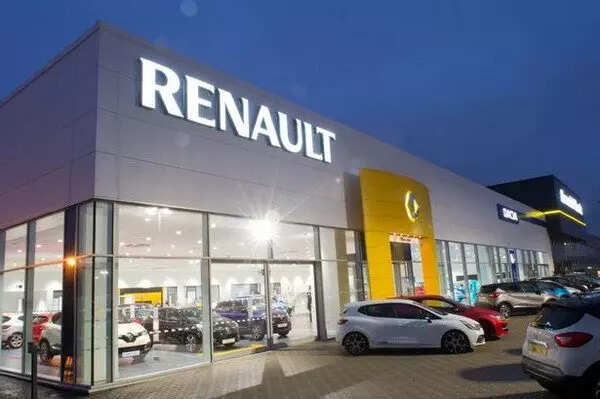
Mumbai:
Kiger has helped vault India to a top-five worldwide market for the French car maker, underscoring increasing consumer preference for the high-stance sub-compact SUV.India as a base has steadily climbed from number 13 in 2018 to number 5 in just three years, paced by the success of Kwid, Triber and Kiger. These models helped Renault sell more than 1 lakh cars in 2021 despite disruption of semiconductor supplies.
India only trails two big markets in Europe –France and Germany – and two important emerging markets – Russia and Brazil.
The French car maker is now seeking to enter the bigger and cleaner vehicle space, a move that will allow Renault to participate in the fast-growing mid-sized SUV segment and electric vehicles in the coming few years.
Fabrice Cambolive, SVP Renault Brand Sales and Operations, told ET in an exclusive interview that sales recovered after the second wave in the country, helping log volumes that lifted India to the list of top five markets.
He said, the CMF-A plus platform is churning out more cars (Kwid, Triber and Kiger) and helping the brand grow. The next step is to ‘define’ models that will bolster the existing line-up, and Renault aims to move upward to the B and C segments.
“If you want to grow in India in the future, it has to go in two directions – electrification and the capacity to sell cars in the higher segment,” Cambolive said. “That is what we are working on right now with our partner (Nissan).”
On the electrification strategy, he said India is a very important market for Renault and it would be touched by the electrification wave.
“To be competitive, you need to have 95% localisation. We will be watching Nissan’s study closely (opening a gigafactory). As long as they are advancing on this topic, we will be very interested to follow,” he said. “It will allow us to be fully integrated, which is a key factor behind success in India.”
On bringing in the Kwid EV, which people in the know say has been put on the backburner, Cambolive said that the proposal “is still being studied.”
India has emerged as a critical pillar of international business at Renault, which accounts for 44% of its total business. Apart from a decent success of Kiger in India, it has witnessed strong response to the new Duster in the markets of Russia, Brazil, Argentina, Colombia and Mexico. The new Duster is on its way to India too, although the timelines are not finalised yet.
The French car maker has not only moved up the ladder in volumes, but has also made considerable progress on the profitability front.
To be sure, Renault India pruned its losses by 86% in FY-21 to INR 186 crore from over INR 1,100 crore loss in FY-20. Higher operating leverage and reduction of cost helped the maker of Kwid improve its operational performance.
Cambolive said that Renault’s India team “has done a great job in terms of fixed cost, pricing and upselling, helping improve the profitability. Thanks to the good job done by India on profitability, we are looking at a better future.”
Renault Group has seen a shortfall of close to half a million vehicles due to the shortage of semiconductors. India was hit toward the end of the year and it is likely to witness supply side challenges for the first half of 2022.
“We are struggling a lot to feed once again our plant in Chennai,” Cambolive said.
On the possible impact of the third wave, Cambolive said the impact so far in India has been on account of the lack of production than due to the pandemic.
“People are coming back and demand is strong and we have not seen any impact of wave 3 yet,” he added.
Also Read:
















